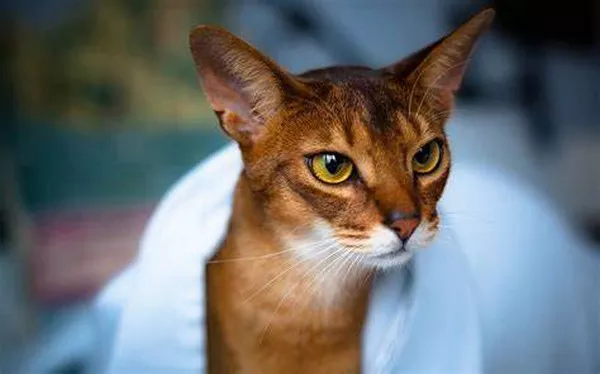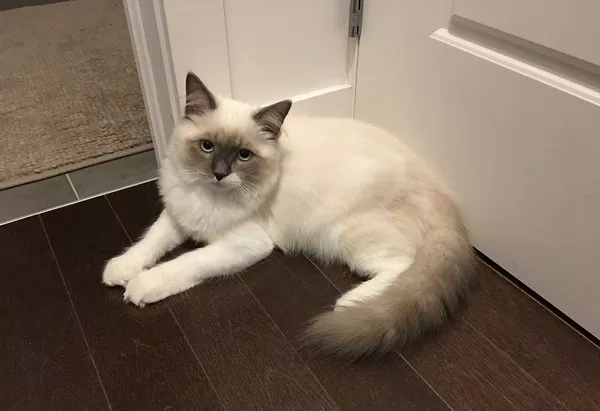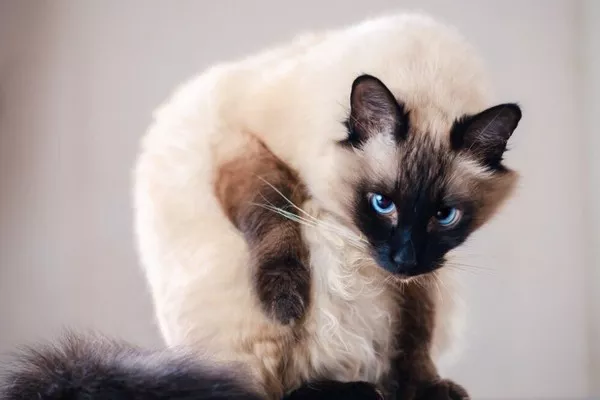The agility and grace of cats are often the subject of awe and admiration among pet owners and animal enthusiasts alike. One of the most astonishing feats that cats display is their incredible jumping ability. From effortlessly leaping onto high surfaces to gracefully pouncing on moving targets, cats’ jumping skills are truly remarkable. In this article, we’ll delve into the science behind cats’ jumping prowess, factors that contribute to their height, and examples of their astonishing feats.
The Anatomy of Cat Jumping
1. Muscular Hindquarters
Cats possess powerful hind leg muscles, particularly the quadriceps, which are essential for generating the explosive force needed to propel them into the air.
2. Flexible Spine
Their flexible spine acts as a springboard, allowing cats to arch their backs and store energy before releasing it in a swift jump.
3. Strong Claws
The retractable claws of cats provide them with excellent grip, enabling them to anchor themselves to surfaces during takeoff and landing.
Factors Influencing Jumping Height
1. Breed Variations
Different cat breeds exhibit varying jumping abilities. For instance, athletic breeds like the Bengal and Abyssinian are known for their impressive vertical leaps.
2. Age and Physical Condition
Younger, more active cats tend to jump higher than older or less active ones. Physical health and fitness also play a role in a cat’s jumping capabilities.
3. Motivation and Instinct
Cats’ instinctual behaviors, such as chasing prey or seeking high vantage points for safety, can fuel their determination to jump higher.
Jumping Heights: The Numbers
1. Vertical Leaps
Cats can often jump around six times their body length vertically. A typical adult cat can achieve heights of 5 to 6 feet in a single jump.
2. Horizontal Jumps
When it comes to horizontal jumps, cats can cover distances of up to eight times their body length, showcasing their remarkable speed and agility.
Astonishing Cat Jumping Feats
1. Leaping to High Perches
Cats are known for effortlessly leaping onto bookshelves, countertops, and other elevated surfaces, showcasing their ability to calculate and execute precise jumps.
2. Pouncing on Prey
In the wild, cats use their jumping skills to pounce on prey from a distance, surprising their target and increasing their chances of a successful hunt.
3. Olympic-Level Athletics
Cats’ jumping abilities have even inspired the “Feline High Jump” event in some feline agility competitions, where they compete to clear impressive heights.
Protecting Your Home and Cat
1. Providing Safe Jumping Opportunities
Offering vertical spaces like cat trees, shelves, and window perches allows your cat to exercise their natural jumping instincts in a controlled and safe environment.
2. Avoiding Dangerous Surfaces
Cats may attempt risky jumps, such as those involving fragile items or narrow spaces. Ensuring their safety by removing potential hazards is crucial.
Fun Activities to Engage Cats
1. Interactive Toys
Engaging toys that mimic prey movements can encourage cats to exhibit their jumping and pouncing skills in a playful and mentally stimulating way.
2. Laser Pointers
Laser pointers create elusive moving targets that can trigger cats’ instinct to chase, pounce, and jump, providing them with both physical and mental exercise.
Conclusion
In conclusion, the height that cats can jump is truly incredible and a testament to their remarkable anatomy and evolutionary adaptations. Their muscular hindquarters, flexible spine, and strong claws enable them to execute vertical and horizontal jumps that astonish and captivate us. Whether they are leaping onto high perches, engaging in playful activities, or showcasing their hunting prowess, cats’ jumping abilities remain a source of wonder and admiration. By understanding the factors that influence their jumping heights and providing them with safe and engaging environments, we can continue to celebrate and support our feline friends in their natural behaviors and amazing feats.













![Do Birman Cats Like to Cuddle? [Revealed!]](https://www.catsmeowweb.com/wp-content/uploads/2023/06/burmese-cat-6.webp)













